Ready to take your adventures to the next level?
When it comes to hiking for beginners, Europe’s varied and beautiful countries offer amazing experiences suitable for every level- from gentle walks to treks that take you over rugged terrain.
Hiking takes preparation, but a well-planned trip means you’re more likely to enjoy the experience.
Here are our top hiking ideas:
Hiking for beginners in Europe
If you’re a beginner, your best hiking trip starts with the preparation:
1. Fitness
Make no mistake- hiking is an activity that requires at least a base level of fitness. Scrambling over sometimes rugged terrain is exhilarating, but it also takes effort and your trip will be more enjoyable if you are fit enough.

If you don’t have ready access to hills, mountains and Munros, setting a treadmill to a steep incline can be a substitute. Interval training, where you alternate bouts of intense exercise with rest is brilliant for general fitness too.
2. The route
Familiarise yourself with the route before you go. A paper map is much easier to use than GPS and more likely to work.
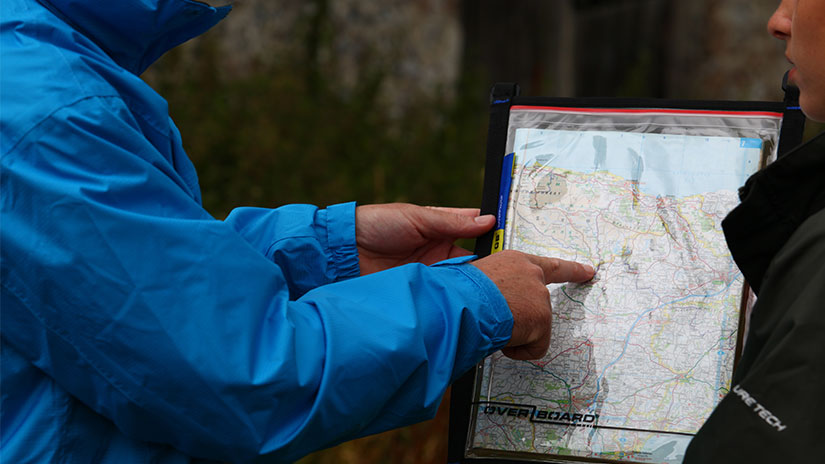
3. The language
While we in the UK tend towards the monolingual, it is good manners to be able to say a few words and phrases in the language of the country you are travelling to. Precisely because Brits tend not to speak other languages, other nationalities welcome it when we try. The Duolingo app can help you with the vocabulary for most European countries.
4. What you’ll need
This will depend on where you go and at what time of the year, but sun cream is usually an essential, water and easily portable snacks such as nuts, flapjacks and protein bars will fuel your hike.
5. The gear
Good quality hiking boots that you’ve worn in are a must. For clothing, thin layers you can peel off or pile on work well, and a hard-wearing waterproof backpack.

6. Safety first
As a beginner, we recommend joining a group or others who have some experience in hiking. If you still plan to do it solo, make sure someone knows your route, plans and how long you expect it to take you.
The best day hikes in Europe
If you’re at the start of your hiking or fitness journey, a day hike is a good way to break you in.
Start with one day:
7. Samaria Gorge, Greece

A trip to Crete isn’t complete unless you include the stunningly beautiful Samaria Gorge—(almost) the longest one in Europe. It’s a five to seven-hour walk across challenging terrain so you will need a good level of fitness before you start. But the views and the wildlife, flora, fauna, natural structures will blow your mind.
The terrain includes rivers, so a waterproof backpack is essential for keeping all your gear and electronics safe.
8. Lac Blanc, France
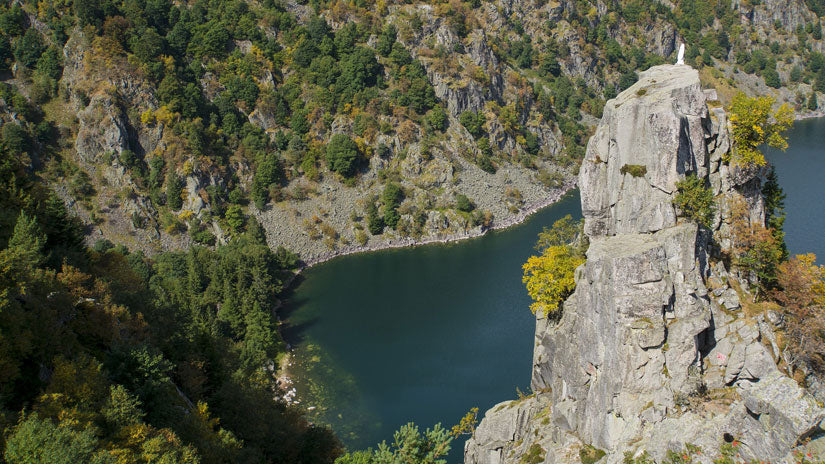
A somewhat easier hike, Lac Blanc in Chamonix nestles in the French Alps and the best times of the year for walking here are July to September. You take a cable car from Chamonix and then a chair lift to the index. The hike is mostly downhill, but it’s also rocky so you’ll need sturdy shoes. Expect snow, even in July. There’s a surrounding nature reserve, so look out for Ibex and marmots.
9. Zillertal, Austria
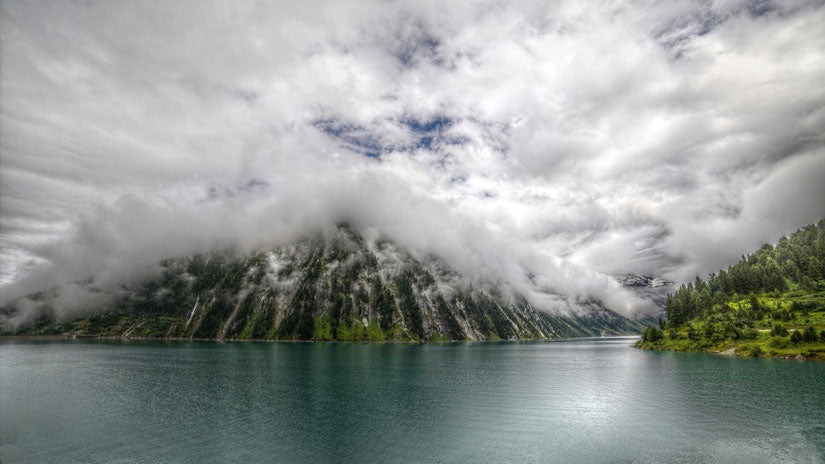
No hiker worth his or her salt leaves Austria off their ‘to-do’ Europe hikes list, and Zillertal is chocolate box pretty perfect. It offers some 1,400 kilometres of trails that cater to a range of skill levels, mountains and rivers that will have you reaching for your camera the minute you start. As this is prime ski country, you’ll find numerous après-ski bars for refreshments afterwards.
10. Lauterbrunnen, Switzerland
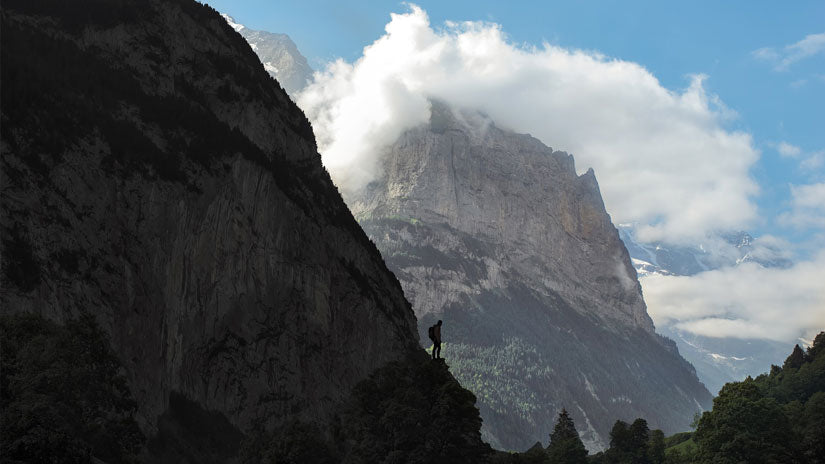
Lauterbrunnen is situated between gigantic rock faces and mountain peaks. Its name means many fountains and there are some 72 waterfalls, including the Staubbach Falls, one of the longest free-falling in Europe. Try the Schilthorn Peak though this one is challenging so your baseline fitness levels should be excellent before you attempt it.
11. Pico de Arieiro Trail, Madeira
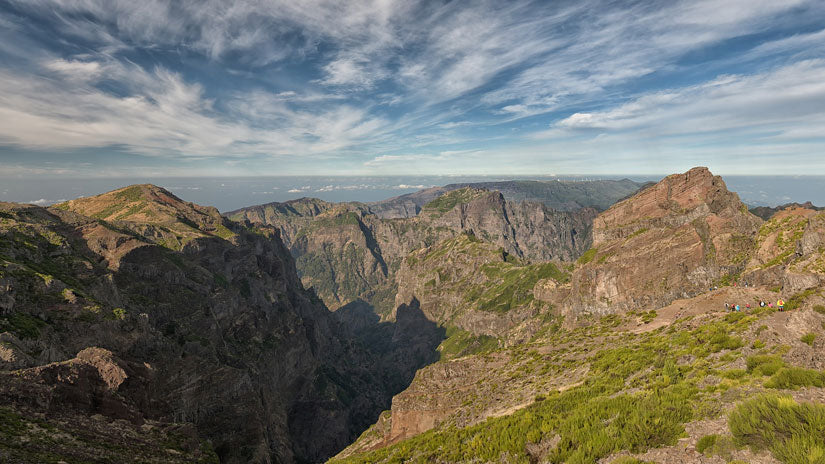
This hike takes you along part of the central mountain chain that crosses the island and rewards you with fantastic views. It links the two highest peaks of the island, Pico Ruivo (1,861 metres) and Pico de Arieiro (1,817 metres). You’ll see the oldest heather forest in existence, endemic birds and endangered seabirds, with the Pico Ruivo peak making you feel as if you can see across the whole of Europe.
12. Plitvice, Croatia

Plitvice Lakes National Park has always attracted nature lovers. Small wonder as it offers sixteen interconnected lakes coloured every shade of blue and turquoise. This walk is perfect for those who tick the hiking for beginners in Europe box, thanks to its more gentle terrain underfoot, and there are plenty of things to do nearby.
Want a virtual walk around the lakes before you start to whet your appetite? You can do so here.
Best short hiking places in Europe
Good advice on hiking for beginners is to start with short treks or walks. Europe has lots of short hiking locations where you can enjoy a great walk and explore your surroundings.
Here are some of the best in Europe:
13. Fairy Pools, Isle of Skye
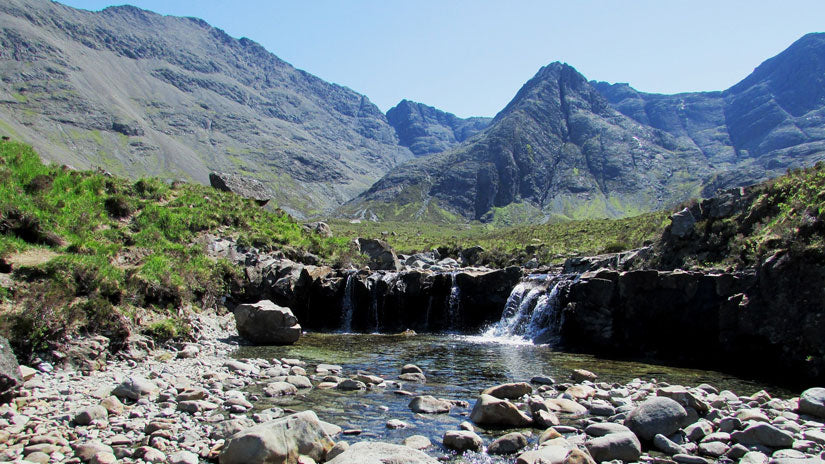
Travel up the A82 to cross the bridge at Kyle of Lochalsh and get to Skye. The Fairy Pools are at the foot of the famous Black Cuillins, crystal clear blue pools that you can swim in if you’re brave enough… The average time to complete the hike is 40 minutes, giving you plenty of time to explore the island’s many charms, from Dunvegas Castle (the seat of Clan Macleod) or a boat trip where seals are more or less guaranteed.
14. Lake Bled, Slovenia
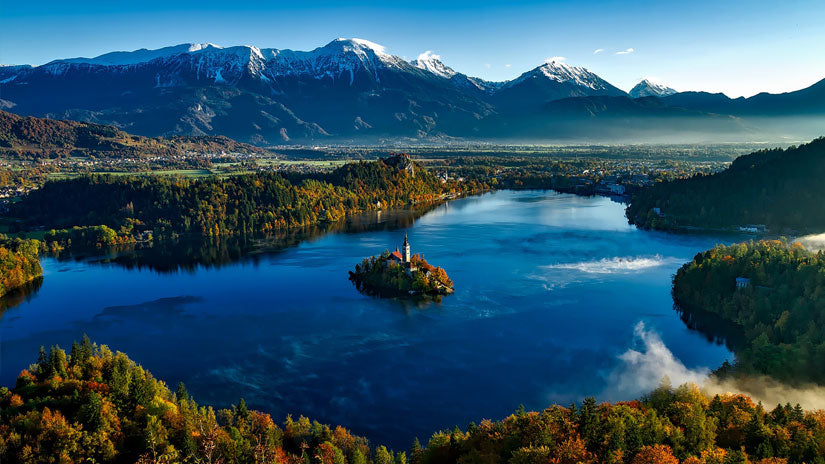
A great one for a day option, the walk around the lake is Instagram-tastic with its views over the lake, the church, Bled Island and the Julian Alps. For the adventurous, there are signs that will take you off the path for better viewpoints. Why not try the steep climb to Mala Osojnica?
15. Mont Rebi Gorge, Catalonia
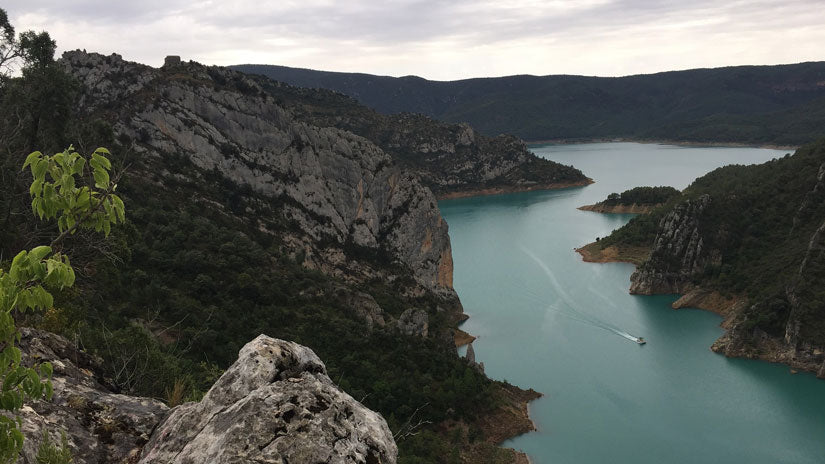
Catalonia is Tour de France training country and when you visit you’ll see why its soaring peaks the perfect place to work out. The same goes for hikes. This one is for seriously fit folks. The only way through the gorge is a little road that’s dug into the rocks. There are different routes, but the 4km one takes about four hours and offers spectacular views.
16. Karlovy Vary to Loket, Czech Republic
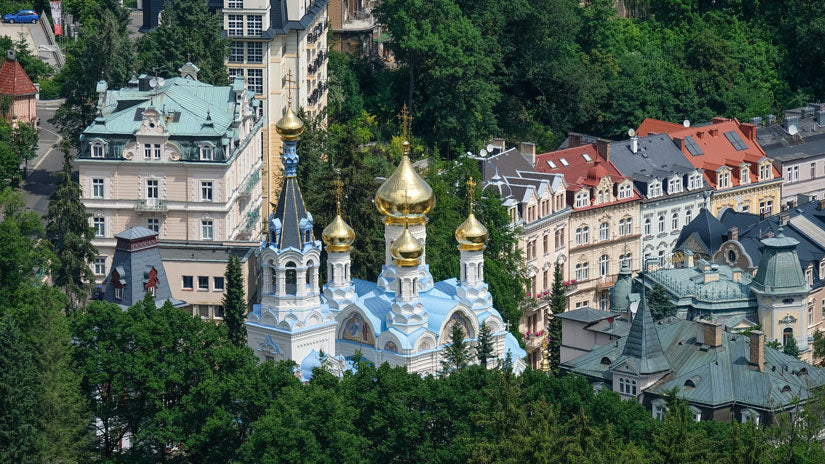
Moving to easier options, the four-hour walk from Karlovy Vary takes you through the Ohře River Valley to the Romanesque-Gothic castle in Loket, once home to the Czech king and Roman emperor, Charles IV. It featured in the 2006 Bond film, Casino Royale.
17. Pulpit Rock, Norway

You’ll recognise the rock—it’s appeared in countless tourism photos over the years. The rock is a stone that juts right out above the Norwegian fjords, and it’s one of the country’s most popular hikes. Expect a four-hour round trip, and it is very steep in places so make sure you have plenty of water and fuel onboard.
18. Flysch Route, Spain
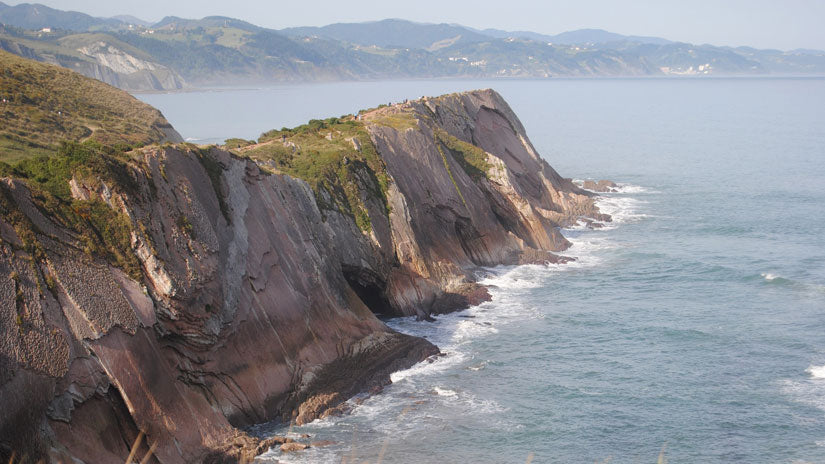
Game of Thrones fan? The Flysch Route in Spain was used in the filming of the epic series. Visit during low tides for the best experience. The destination shows off unique and natural rock formations, some of which date back more than 50 million years.
Best European countries for hiking
19. Austria

From rolling hills and gentle, buttercup strewn pastures to rugged mountain peaks and glaciers, Austria offers the full hiking experience. There are waterfalls such as the Krimmler Waterfalls, glaciers such as the Kitzsteinhorn in Zell am See-Kaprun, lakes with water so pure you can drink from them, and ice caves, such as biggest one in the world, Eisriesenwelt Werfen.
20. Switzerland
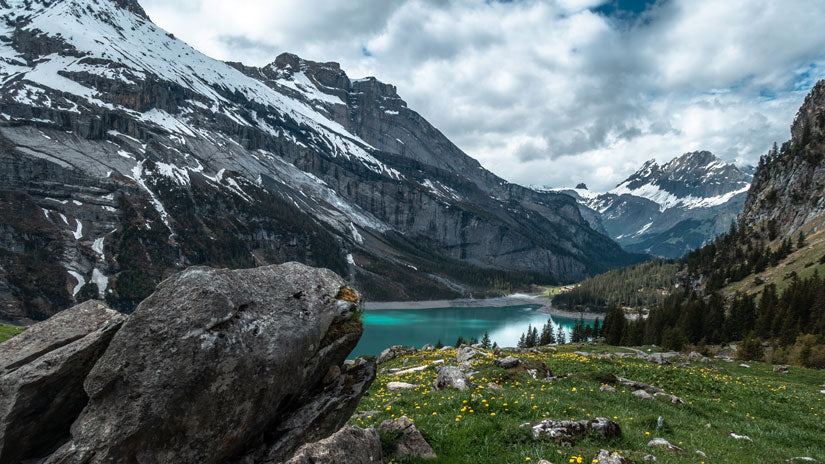
Switzerland has more than 65,000 kilometres of marked trails so you’re spoilt for choice. Its tourism industry is geared up for hikers, with railway routes that will take you where you need to go. And then there’s the scenery, mountains, lakes, trees… breathe in the air and feel that oxygen fire you up.
21. Scotland
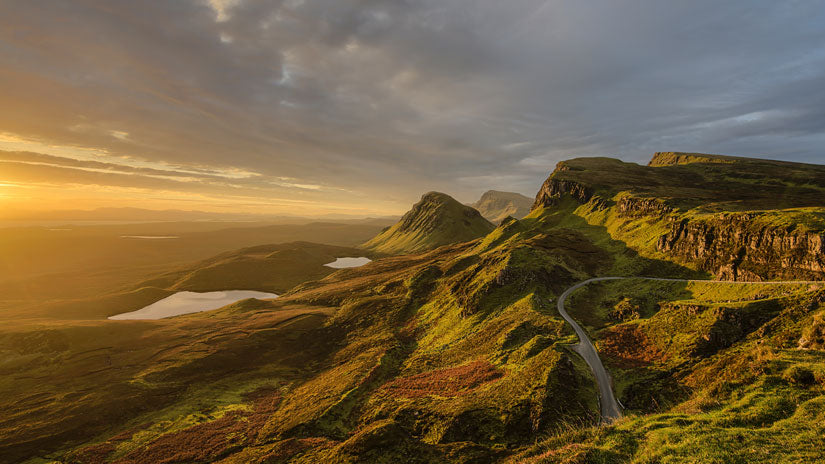
Much nearer to home this time, but from might mountains to coastal walks, the outdoors is one of Scotland’s best assets. The seven wonders of the walking world include the Glenfinnan Viaduct Railway Trail, which featured in the Harry Potter films, Ben Nevis, Arthur’s Seat and Glencoe.
22. France
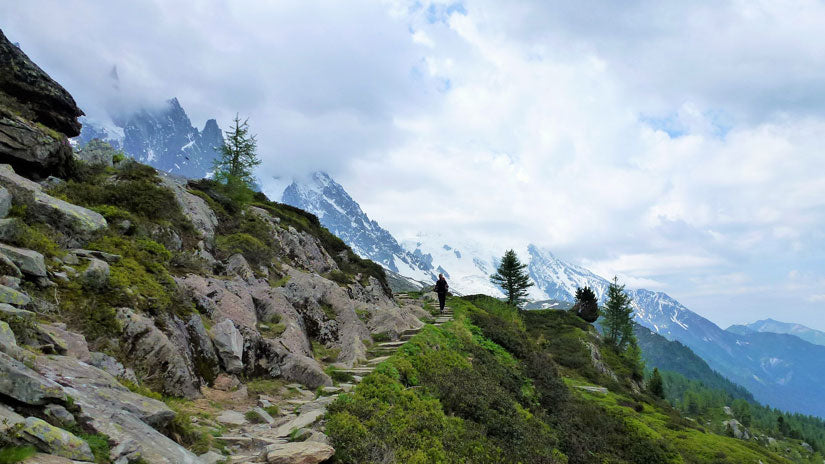
Tour du Mont Blanc, walking in Provence or hiking in the Dordogne—there’s a French hiking challenge to suit every level. The rewards are excellent local cuisine and superb wine and champagne.
23. Croatia

Croatia’s national parks and mountain ranges are perfectly suited to the hiker. Its primary mountain range is the Dinaric mountains, which run parallel to the coast with the highest peak at 1,831 metres. Hiking routes include the Ucka Mountain with the Vela Draga valley to the west, the Risnjak National Park and the day hikes from Paklenica’s park base at Starigrad.
24. Sweden
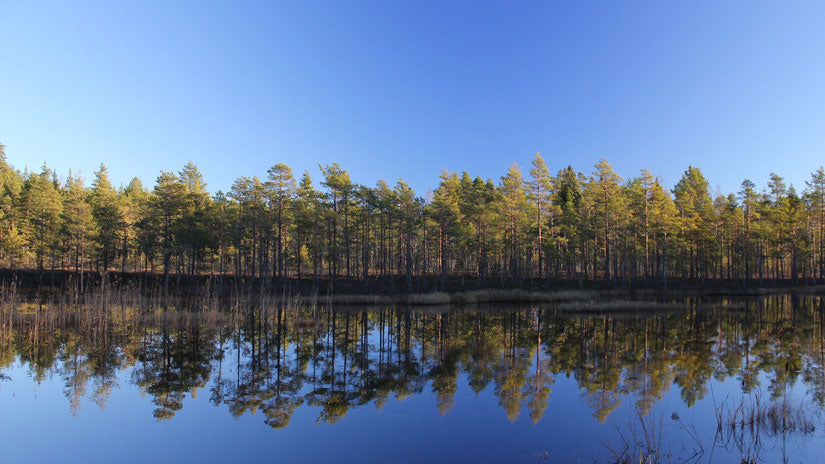
Sweden has almost 400 hiking trails, clearly marked and dotted with hostels, mountain stations and huts. Try the Kings Trail (Kungsleden), which stretches almost 400 km from Abisko National Park to Hemavan.
Best coastal hikes in Europe
Seaside scenery has universal appeal—high cliffs, rugged paths, the sun in the sky above you bouncing its rays off clear blue water as you breathe in fresh air.
Coastal hikes we love:
25. Brittany coastal path, France

Taking you from Vitré (Ille-et-Vilaine) to Tour-du-Parc (Morbihan), the walk offers views of the archipelago of Les Sept-Iles (the Seven Islands) and a tour of the naturally formed twisting granite labyrinth. As it follows the coast the whole way, it’s one of the easier hikes.
26. The Lycian Way, Turkey
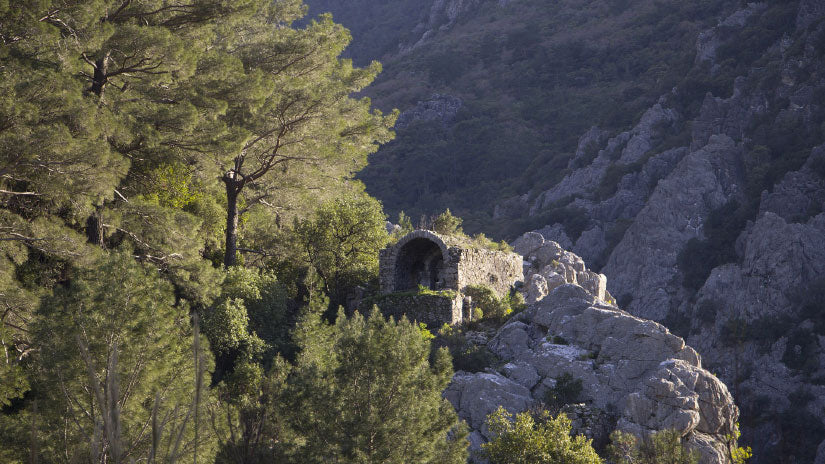
This 540 km long footpath takes you along the coast of ancient Lycia where the mountains rise steeply from the rocky coast. It’s a more varied walk, but the views are well worth it and you step back in time following the old Roman roads.
27. Pembrokeshire Coastal Path, Wales
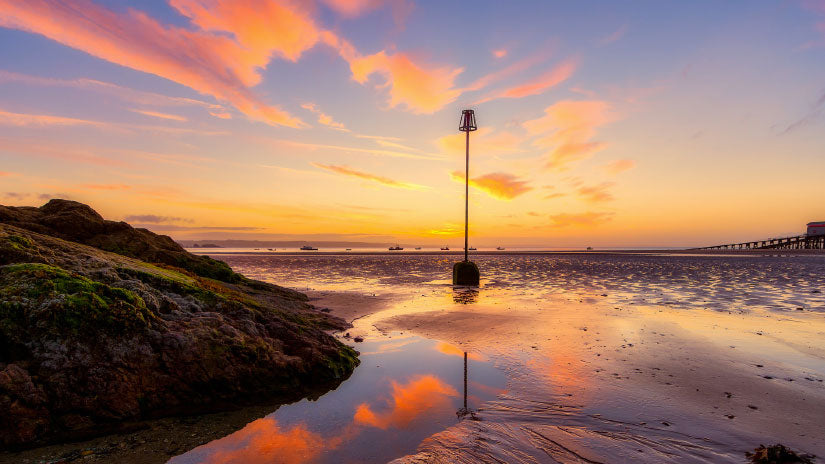 The UK offers spectacular and varied scenery, and the path boasts steep limestone cliffs, sheltered coves, glacial valleys and open beaches where the waves crash or lap, depending on what the weather has decided to do for the day.
The UK offers spectacular and varied scenery, and the path boasts steep limestone cliffs, sheltered coves, glacial valleys and open beaches where the waves crash or lap, depending on what the weather has decided to do for the day.
28. The Old Man of Hoy, Orkney
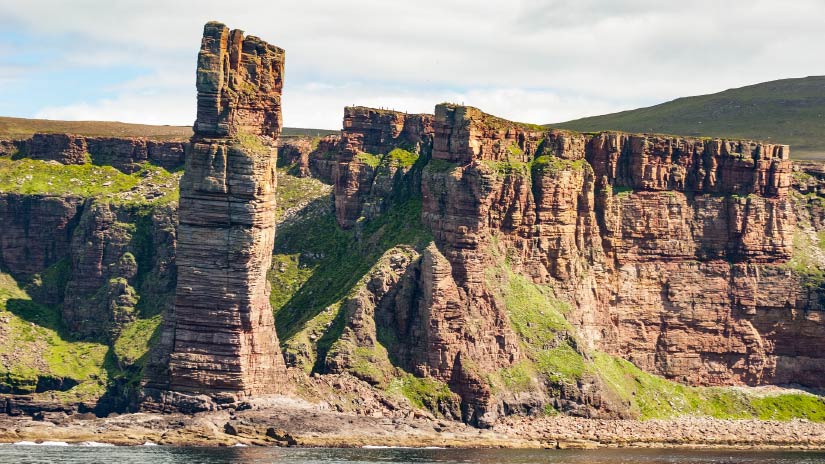 Still, in the UK, the Old Man of Hoy is a walk along some of Britain’s highest sea cliffs and takes about a day. The ‘Old Man’ is a red sandstone stack that rises to 450 metres.
Still, in the UK, the Old Man of Hoy is a walk along some of Britain’s highest sea cliffs and takes about a day. The ‘Old Man’ is a red sandstone stack that rises to 450 metres.
29. Fisherman’s Trail, Portugal
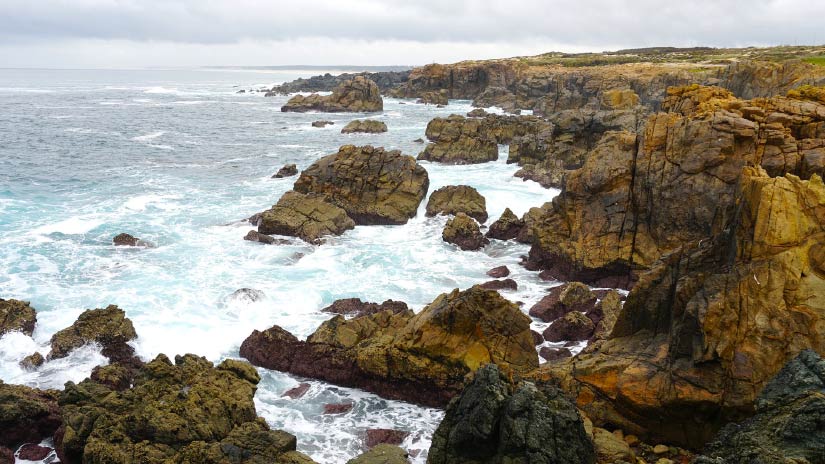 After warmer climes? The Fishermen’s Trail is in western Alentejo, this is one of Portugal’s best-known and loved hiking trails. you’ll walk over cliff tops, take in vivid blue waters, amazing wildlife and enjoy the fragrant wildflowers that grow abundantly everywhere.
After warmer climes? The Fishermen’s Trail is in western Alentejo, this is one of Portugal’s best-known and loved hiking trails. you’ll walk over cliff tops, take in vivid blue waters, amazing wildlife and enjoy the fragrant wildflowers that grow abundantly everywhere.
30. Cinque Terre Coastal Trail, Italy
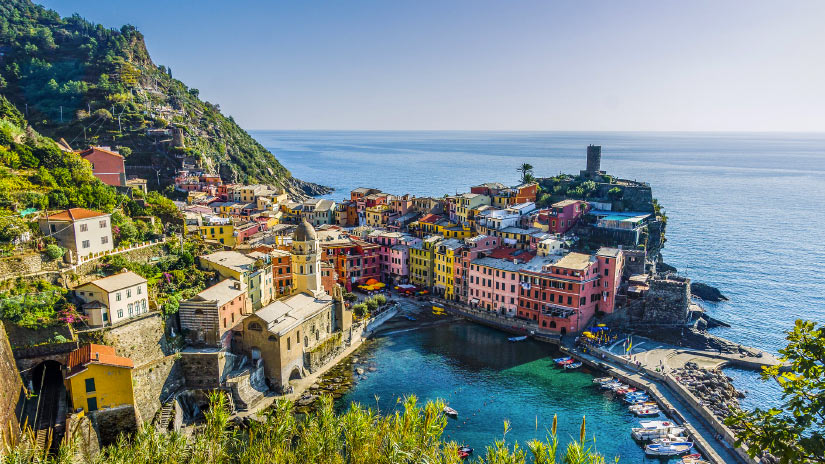 The Cinque Terre is five fishing villages perched over the sea in Liguria, Italy, and the coastal area also known as the Italian Riviera. The red trails are the higher ones while the blue ones offer an easier walk. You’ll see wonderful architecture and beautiful scenery.
The Cinque Terre is five fishing villages perched over the sea in Liguria, Italy, and the coastal area also known as the Italian Riviera. The red trails are the higher ones while the blue ones offer an easier walk. You’ll see wonderful architecture and beautiful scenery.
Best backpacking trips in Europe
31. Riga, Latvia
 An exciting metropolis at the crossroads of eastern and northern Europe, Riga’s fascinating and turbulent history is well documented in its many (free) museums. Sausage, cheese, black bread and smoked fish are plentiful, and the beer’s delicious.
An exciting metropolis at the crossroads of eastern and northern Europe, Riga’s fascinating and turbulent history is well documented in its many (free) museums. Sausage, cheese, black bread and smoked fish are plentiful, and the beer’s delicious.
32. Berlin, Germany
 Thanks to the extensive bombing the city experienced in the Second World War and the wide-scale building programme the Soviets later put in place, Berlin isn’t the most beautiful city you’ll ever visit. However, its tourist attractions and a thriving nightlife make it a top backpacker destination.
Thanks to the extensive bombing the city experienced in the Second World War and the wide-scale building programme the Soviets later put in place, Berlin isn’t the most beautiful city you’ll ever visit. However, its tourist attractions and a thriving nightlife make it a top backpacker destination.
33. Valletta, Malta
 Named after the Grand Master of the Order of St John, Valletta is a World Heritage City, one of the most concentrated historic areas in the world. Here, you will see some of the finest art works, churches and palaces in Europe.
Named after the Grand Master of the Order of St John, Valletta is a World Heritage City, one of the most concentrated historic areas in the world. Here, you will see some of the finest art works, churches and palaces in Europe.
34. Prague, Czech Republic
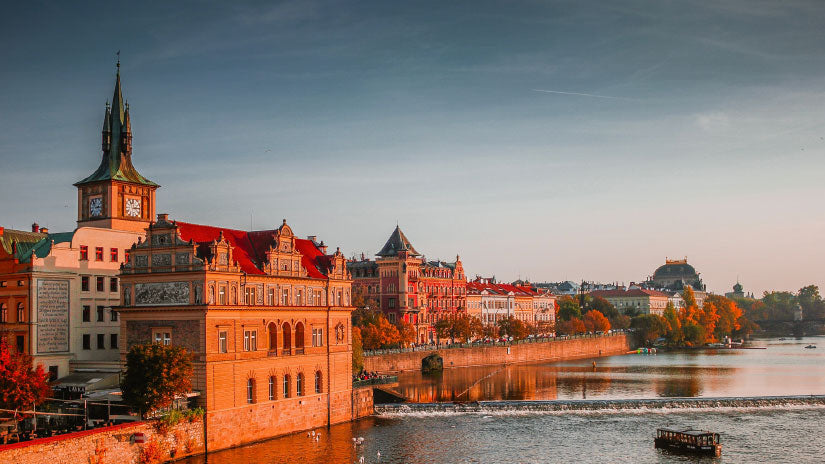 Want to find out if Prague beer really is the best in Europe? Prague Castle and the Old Town Hall are terrific to visit and keep up the Oldie World theme with medieval dining.
Want to find out if Prague beer really is the best in Europe? Prague Castle and the Old Town Hall are terrific to visit and keep up the Oldie World theme with medieval dining.
35. Budapest, Hungary
 The tenth largest city in the EU, Budapest’s history dates back to an early Celtic settlement that later became the Roman town of Aquincum. It is thought of as one of the most beautiful cities in the world and it’s packed with museums and galleries.
The tenth largest city in the EU, Budapest’s history dates back to an early Celtic settlement that later became the Roman town of Aquincum. It is thought of as one of the most beautiful cities in the world and it’s packed with museums and galleries.
36. Sarajevo, Bosnia and Herzegovina
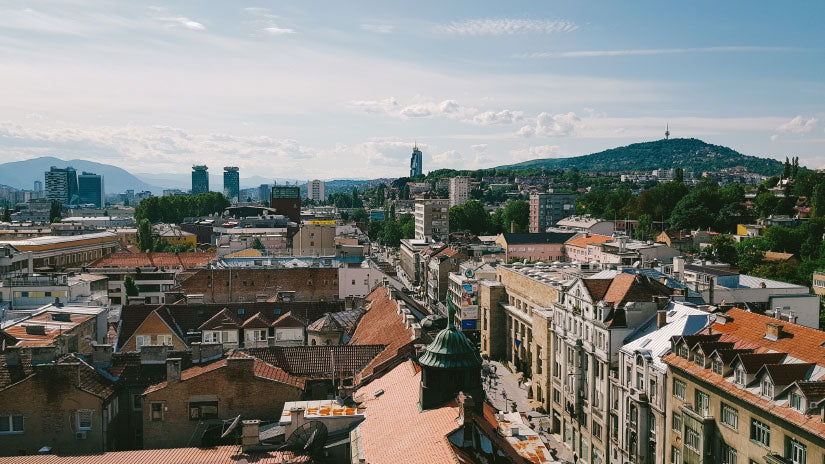
Sarajevo is a cosmopolitan European capital with a unique Eastern twist, the combination of religions that have co-existed together for centuries. Expect friendly people and the city is ranked as one of the safest in south-east Europe.
Ready for your European hiking trip? Our full range of waterproof backpacks and dry bags offers you the perfect equipment for your trip.